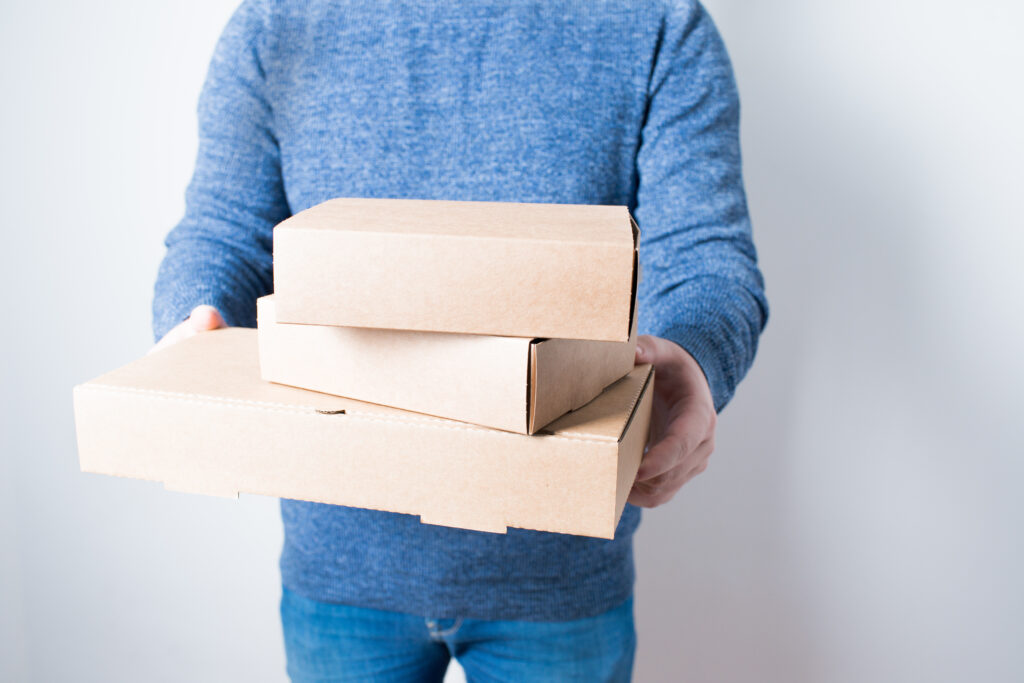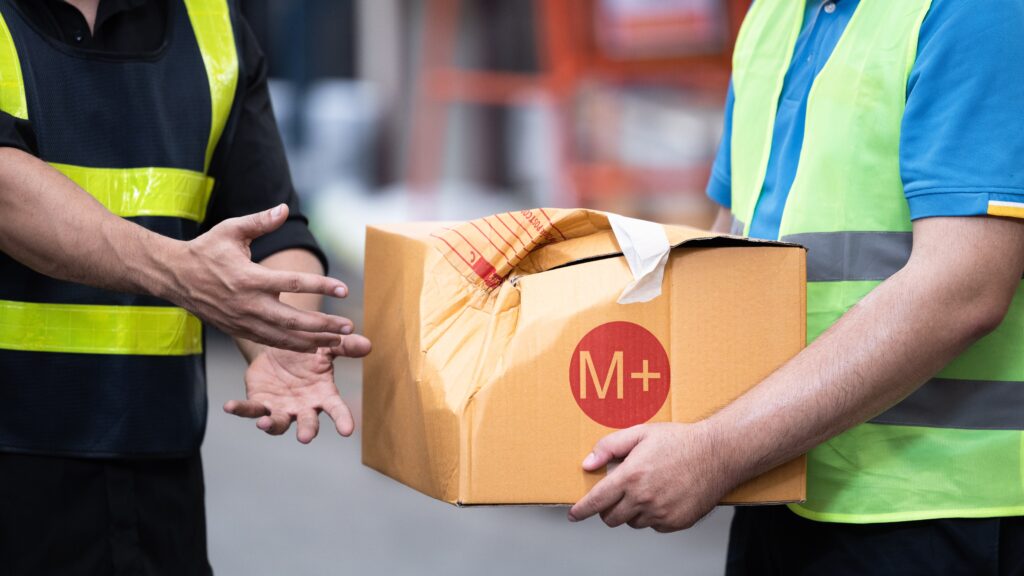
If you are an online retailer, there is a 100% chance that you are struggling with deliveries. Delivering goods/commodities/daily items to the end consumer might sound very simple, but, uh-uh, not as simple to do.
It involves a lot of tasks and many factors are to be considered. How will I deliver on time, in the perfect condition, in the most efficient manner?
No fairy tale, folks!

Last mile delivery can get very complex just as it sounds. Going to the last mile to deliver happiness and satisfaction to the consumer is the most important metric for your business.
So, it’s time we take it seriously.
Let’s define Last mile delivery
Last mile delivery is the final leg of the delivery process. So, when a package has to be delivered, it might have to be transported from across the world. But when it reaches the customer from the warehouse or the last distribution centre, that is when we call it last mile delivery.
It is the most expensive part of the whole delivery process. Do we know why?
Orders…they are not easy to handle. Below, we explain in detail.

Low parcel density
In last mile delivery, packages are to be delivered to individual addresses, rather than to large warehouses or distribution centres. Clearly, delivery vehicles can often only carry a few packages at a time, driving up costs.
Complex routing
During last mile delivery, one has to make multiple stops, often in congested areas. This leads to delays, more fuel consumption, and increased labor costs. Unlike, ofcourse, when they are transferred in bulk.
Also Read
How can GPS Tracking improve your deliveries?
Unpredictability
Last mile delivery is very, very unpredictable. Traffic, weather and customer availability can really make or break your delivery process. This makes it difficult to plan routes and schedules, leading to additional costs.
Security and safety
The last mile involves delivering packages to homes and businesses, which could be a security risk. Delivery drivers must be trained in safety procedures, and companies must invest in security measures. GPS tracking and video surveillance will shoot up your costs right away!
Believe it or not, last mile delivery can account for up to 50% of the total cost of shipping a product.
As just explained, last mile delivery is expensive and a major part of your profits depends on how successful your last mile delivery is. Which is why, it is important to measure it’s success.
Metrics to measure success in last mile delivery
Businesses are trying hard to make their last mile deliveries a little less expensive. It is totally possible by using methods such as optimisation of delivery routes, using more fuel-efficient vehicles and using technology to reduce overall costs.
For that, we first need to know the metrics that you should be tracking in order to reduce these costs.
Here we go!
Order accuracy
Order accuracy refers to the match in demand and supply. If you are delivering what the customer has ordered or not? If your order accuracy is high, you won’t get complaints and it will help keep your costs low. So, divide your total shipped orders with orders without complaints to calculate accuracy.
On-time delivery
It is one of the most important metrics. If you are delivering on time, it shows that you are more efficient and it will also increase customer satisfaction. You can calculate it by taking out an average of the total time taken to deliver orders within a day.

Damage claims
This metric measures the number of damage claims. If you keep a track of this metric, you can lower the damage claim rate and hence reduce costs. Calculate it by dividing the total number of claims received with the total number of shipments sent.
Cost per mile
It is the cost that a business bears for one order for one mile. If this is in tandem to your overall expenses, you can easily make your business profitable.
By tracking these key metrics, businesses can identify areas where they can improve their last mile delivery operations. This can lead to increased customer satisfaction, improved profitability, and a competitive advantage.
How to increase profits
In addition to tracking key metrics, businesses can also take a number of steps to improve the success of their last mile delivery operations. These include:
- Optimizing delivery routes: Delivery routes can be optimized to minimize travel time and fuel consumption. This can save businesses money and reduce their environmental impact. It can be done with the help of a delivery management software such as Tookan.
- Using technology: Technology can be used to improve the efficiency and accuracy of last mile delivery. For example, GPS tracking can be used to monitor the location of delivery drivers, and route optimization software can be used to create efficient delivery routes.
- Investing in training: Drivers can be trained on how to handle and deliver packages with care. This can help to reduce the number of damage claims and improve customer satisfaction.
With these steps, you can improve the success of last mile delivery and grow without any roadblocks. Good Luck!
Subscribe to stay ahead with the latest updates and entrepreneurial insights!

Subscribe to our newsletter
Get access to the latest industry & product insights.





















